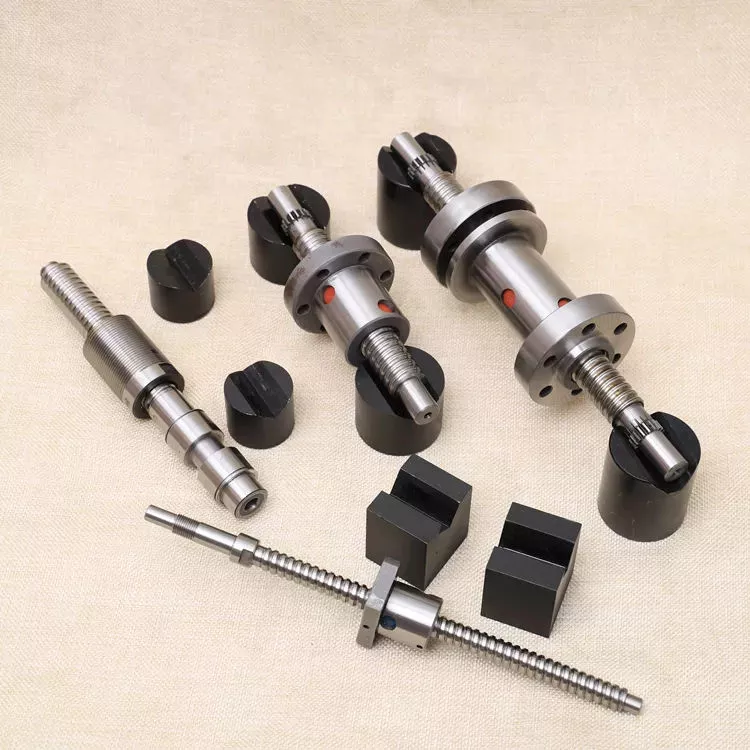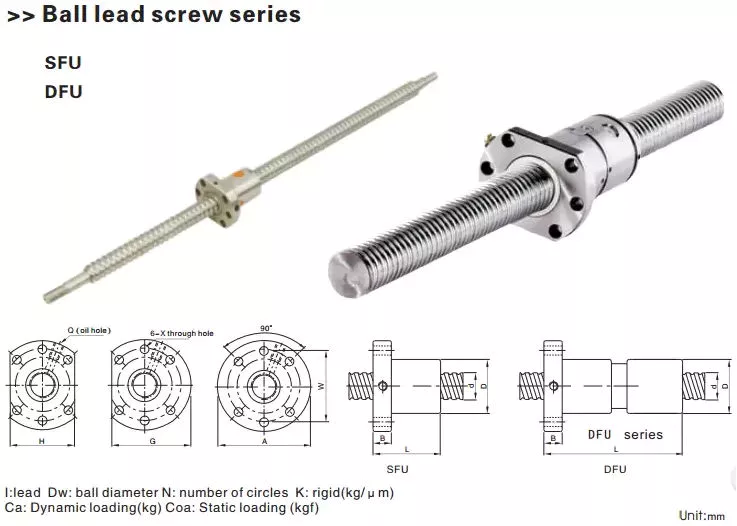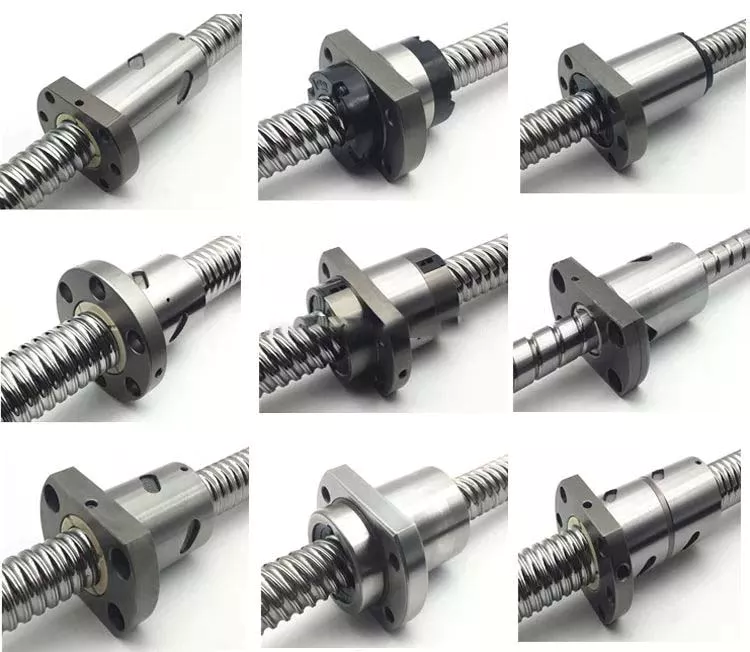Item Description
Solution Description
Plastic CZPT Factory Custom Oem odm IML/IMD injection moulding Mildew for plastic elements for House Appliances. Underneath is an example of IMD/IML components to present what is IMD/IML and how to inject them with each other.
Solution Parameters
Observe: Under Data IS JUST OUR STHangZhouRD SPECIFICATION. AND WE USUALLY DO CUSTOMIZATION According TO YOUR Necessity. SO FOR YOUR Undertaking, Please Send out:
*** 3D drawing in stp, action format, our engineer will check out the 3D drawing to see if the mold can be realized or not.
*** Content should be encouraged. Typically, the movie PET(.one hundred twenty five,.188 thickness), and plastic is usually Personal computer or Ab muscles+Laptop
*** 2d file to present the tolerance and surface necessity, we can attain toleracnce for mould +-.05mm. We will check out if the elements can be injected
or should use IML/IMD engineering (we have anti-dust workshop for IML/IMD printing, Repairing and IML/IMD injection)
*** Guidance the supplies for the goods: distinct parts wants different substance in accordance to software.
*** Your prepare for overall qty for this portion, so that we can choose to make cavity quantities according to qty.
*** Floor prerequisite for areas need to be encouraged so that we can know how to make the mildew surface to comprehend the component area. Usually
has many varieties of area this kind of as: Sprucing, Sand blasting, Matt, Texture, Anodization…
OUR Benefit: WE WILL Both Take into account TO Help save Mold Value AND Item Price, SO YOUR Data IS Really Crucial FOR US.
In depth Photographs
Below we just display some areas pictures which we have produced for some clients. We have produced many automotive components, medical components, mechanical components, digital areas, house appliance components, business elements.
Certifications
Our factory has been accredited by ISO association adn NAQ16949 for Auto parts
Business Profile
Cents is a manufacturing facility with 20 several years of experience in mould producing and injection molding. At present, the firm and its manufacturing unit addresses an area of 13,000 square meters and has around 200 employees. Amid them, 26 are layout engineers and structural engineers. We have a total mold production workshop, injection workshop, dust-free of charge injection workshop, inspection area, warehouse, and assembly workshop. We have superior EDM and WEDM mildew production equipment imported from Japan. We have forty six injection molding devices, 19 of which are Japanese Sodick model, in purchase to generate substantial-precision plastic items. Our goods are broadly utilised in the new energy auto industry, health-related sector, mechanical and machinery sector, residence appliance industry and beauty market. Between them, we are quite expert and have abundant knowledge in the manufacturing of adverse stress cups, tapping thread products and clear acrylic merchandise.
In 2019, we started out to have out the IMD/IML process and established an IMD/IML merchandise manufacturing workshop, specifically for some consumers who have extremely high specifications for item appearance and procedure.
Our factory has usually adopted ISO 9001 as its operating basic principle. In terms of vehicle parts items, we have been qualified by the 16949 organization and issued a 16949 certificate.
Our firm only focuses on ODM/OEM design and creation. Consequently, to give buyers with the very best high quality design, manufacturing and service is our firm’s main price needs
Our Rewards
***Much more than 40 sets injection machines
***More than 20 engineers and two hundred personnel
***One particular-quit services in creating mold and molding
***Anti-dust workshop for IMD/IML molded parts
***Assembly line obtainable for some finished components
***Most innovative equipment for EDM & WEDM, Sodick brand injection machine
Our Main Merchandise
Buyer Remarks
| Parts material | PP, ABS, PC, PC+ABS, PE, LDPE, PA66, POM, PMMA… customized material according to part application or use |
| Mold Cavity | We decide the cavity according to customer’s total qty planing and part construction. For example, if the part can be made in multi cavity, also the selling plan qty is quite big, then we will adapt multi cavity; even if the qty is big, but if the part size is quite big, we also can only make single cavity… so should be discussed. |
| Gate | Subgate, Pin gate… according to product design |
| Shot time | 10-120seconds according to product design, mold design |
| Runner | Cold or hot runner, it depends on the material, cavity, part construction… so should be discussed |
| Mold life | At least 300000 shots.Maximum can be 1,200,000 shots if with good maintence. |
| Injection Machine | According to the part size and qty of cavity, we have machines from 60tons to 800 tons… |
| Mold delivery time | 25-50 days including mold testing running around 2-3 times. |
| Parts material | PP, ABS, PC, PC+ABS, PE, LDPE, PA66, POM, PMMA… customized material according to part application or use |
| Mold Cavity | We decide the cavity according to customer’s total qty planing and part construction. For example, if the part can be made in multi cavity, also the selling plan qty is quite big, then we will adapt multi cavity; even if the qty is big, but if the part size is quite big, we also can only make single cavity… so should be discussed. |
| Gate | Subgate, Pin gate… according to product design |
| Shot time | 10-120seconds according to product design, mold design |
| Runner | Cold or hot runner, it depends on the material, cavity, part construction… so should be discussed |
| Mold life | At least 300000 shots.Maximum can be 1,200,000 shots if with good maintence. |
| Injection Machine | According to the part size and qty of cavity, we have machines from 60tons to 800 tons… |
| Mold delivery time | 25-50 days including mold testing running around 2-3 times. |
Specifying a Ball Screw
When you need a high-quality ball screw, it is important to select one with the proper dimensions and specifications. When you are looking for the best product, you should consider features such as preloading, surface finish, and internal return system. You can learn more about these features in this article. If you’re unsure which type of ball screw to select, contact a reputable supplier for further guidance. To find the best product for your needs, click here!
Brinelling
When specifying a Brinelling ball screw, it is crucial to know how much axial load it can safely bear. The static load capacity, which is given in the catalogue, applies only to pure axial loading, and any radial load that is smaller than 5% of the axial load won’t pose a problem. For more information, contact a CZPT engineer. Brinelling ball screw service life calculation should be performed using the following data:
Preload: The amount of load a ball screw can handle during a single revolution. Preload is the load applied before the ball screw starts moving, and the load is usually between five and ten percent of the dynamic capacity. However, a ball screw that is subject to vibration will experience higher preload, requiring more frequent lubrication. The resulting mechanical stress may cause the ball screw to buckle, or cause the nut to re-circulate the balls.
Critical ball speed: The maximum speed at which the ball can move through the ball nut is called the critical ball speed. In contrast, running the ball screw at its critical shaft speed can lead to excessive vibrations, leading to premature failure of the end support bearings and brinelling of the ball track. Thus, it is recommended to operate a ball screw at a lower speed than the critical ball speed to prevent brinelling and plastic deformation of the balls.
False brinelling: False brinelling is a form of Fretting. False brinelling occurs when the bearings are not rotating. The movement will result in depressions or wear marks in the bearing raceway. This will cause noise, wear, and eventual fatigue. If these conditions persist, a newer ball screw should be used to test the system. The machine should be run for several hours and tested before replacing the bearing.
Preloading
The process of preloading ball screws minimizes backlash by applying pressure to the threads in the opposite direction of the screw’s direction of rotation. It prevents any movement of the screw relative to the nut. Various methods are used for preloading. A common one is to use oversized balls inside the ball nut. A double nut system may also be used. Both methods are equally effective. Regardless of the method used, the end result is the same – minimal backlash and increased efficiency.
In the conventional method of preloading ball screws, the motors operate simultaneously in opposite directions, causing them to have a relative motion of approximately equal magnitudes. This reduces the frictional resistance of the system, resulting in rapid traverse. The system is able to operate with minimal backlash during 110 inches of travel, reducing the heat developed by the drive nuts and the problems associated with ball screw heating. Moreover, this method can be used in a wide range of applications.
Another method of preloading ball screws is known as the ball-select method. This method includes the use of over-sized balls that force the balls into more contacts with the screw and nut than a normal ball screw. The advantage of this method is that it reduces backlash because the balls are not machined to high tolerances. The disadvantage of this method is that the ball screw will cost more to manufacture than a standard ball screw and nut.
A conventional design includes a mechanical mechanism that uses a series of balls to rotate a shaft. The problem of backlash is exacerbated by the mass of the shaft. The mechanical system is more complex than necessary and often requires a lot of effort. The present invention eliminates these problems by providing an improved method and apparatus for driving ball screws. This method provides a more efficient preload force that is dynamically adjustable while the mechanism is operating. The method can also improve friction and wear.
Internal return system
There are two different types of ball screws. The first type is external and the second is internal. The external type uses return tubes that protrude from the ball nut and extend above and around the outside of the screw. The internal type uses a single tube that spans the ball track, while the more common design uses multiple tubes spanning 1.5 to 3.5 ball tracks. The internal system involves a single return tube and several pickup fingers that guide the balls into the tubes.
The external return tube design is an easier, less expensive choice. The external ball return system has limited space but can handle a wide range of shaft diameters and leads. However, its physical size makes it incompatible with many high-speed applications. Therefore, careful consideration should be given to the mounting options. Internal ball return systems are best suited for small leads and ball sizes. Those that need a high speed will likely benefit from the external ball return system.
Internal ball screw technology has also kept pace with the demands of linear drive systems. Ball screw technology is now more durable than ever. Robust internal ball return systems circulate ball bearings through a solid pickup pin. These deflectors help the balls return to the screw in the correct location. They are crucial components in computer-controlled motion control systems and wire bonding. If you’re interested in the latest advances in linear screw technology, contact us today.
Ball screws are superior to lead screws in many ways. Ball screws are more efficient than lead screws, converting 90% of rotational motion into linear motion. As a result, they are more expensive than lead screws and acme screws. They also provide a smoother movement over the entire travel range. Furthermore, they require less power for the same performance. It’s no wonder that the ball screw is so popular in many different applications.
Surface finish
The surface finish of a ball screw is one of the key factors in determining the performance of the system. A ball screw with a good surface finish has superior performance in rolling resistance, backlash, and wear characteristics. However, it is critical to improve the surface finish of a ball screw to achieve precision movement, low wear, and low noise. To achieve this, special wire brushes will be used to polish precision-ground shafts.
For a ball screw to perform well, it must be hard, have a smooth surface, and retain lubricant. The surface finish of a ball screw should be smooth, free of cracks, and retain the lubricant well. Cracks and annealing are both undesirable during the manufacturing process, so a quality machine should be used for its surface finish. During the production process, a CBN cutting insert with full round or gothic arch profile can be used to achieve a high-quality surface finish.
Another finishing operation used in the manufacture of ball screws is lapping. Lapping improves surface quality and travel variation. It involves complex relative movements of abrasive particulates with the workpiece. This removes a thin layer of material from the workpiece, improving its surface quality and dimensional accuracy. The lapping process can be carried out under low-pressure conditions. It also enhances the friction torque and lubrication.
In lapping experiments, friction torque has the largest influence on travel variation and surface roughness. A friction torque of about one N x m is optimum. In addition, rotational speed has only a minimal effect. The best combination of these parameters is 1-1.5 N x m and 30 rpm. The minimum surface finish of a ball screw is around 800 mesh. The smallest variation in travel is observed at around half-way through the travel.
Lubrication
Proper lubrication of ball screw assemblies is critical to maintain optimum performance and life. Ball screw assemblies should be lubricated with grease, which is introduced directly into the ball nut. The lubrication port can be located at various locations on the product, including on the flange or in the external threads of the ball nut. Some ball nuts also feature a zerk fitting for easier lubrication.
The lubrication of ball screws is required in the case of operating conditions over 100oC. The minimum load for a ball screw is usually realized with a preload force. The lubricant is conveyed through the narrow lubrication gap due to the relative movement of the two surfaces. The increased viscosity of the lubricant enables separation of the contact surfaces. To avoid over-lubrication, it is important to check the lubricant level regularly.
The oil used in lubrication of ball screw assemblies can be either mineral or synthetic. The oil is composed of mineral or synthetic oil, additives, and a thickening agent, such as lithium or bentonite. Other thickening agents include lithium, barium complexes, or aluminum. The lubricant grade NLGI is a widely used classification for lubricating greases. It is not sufficient to choose a specific type of lubricant for a particular application, but it provides a qualitative measure.
Despite being essential to the performance of a ball screw, lubrication is also essential to its lifespan. Different types of lubricant offer corrosion protection. Before using a lubricant, make sure to thoroughly clean and dry the ball screw. If there is any buildup of dirt, it may damage the screw. To prevent this from occurring, you can use a solvent or lint-free cloth. Lubrication of ball screw assemblies can greatly extend the life of the assembly.

